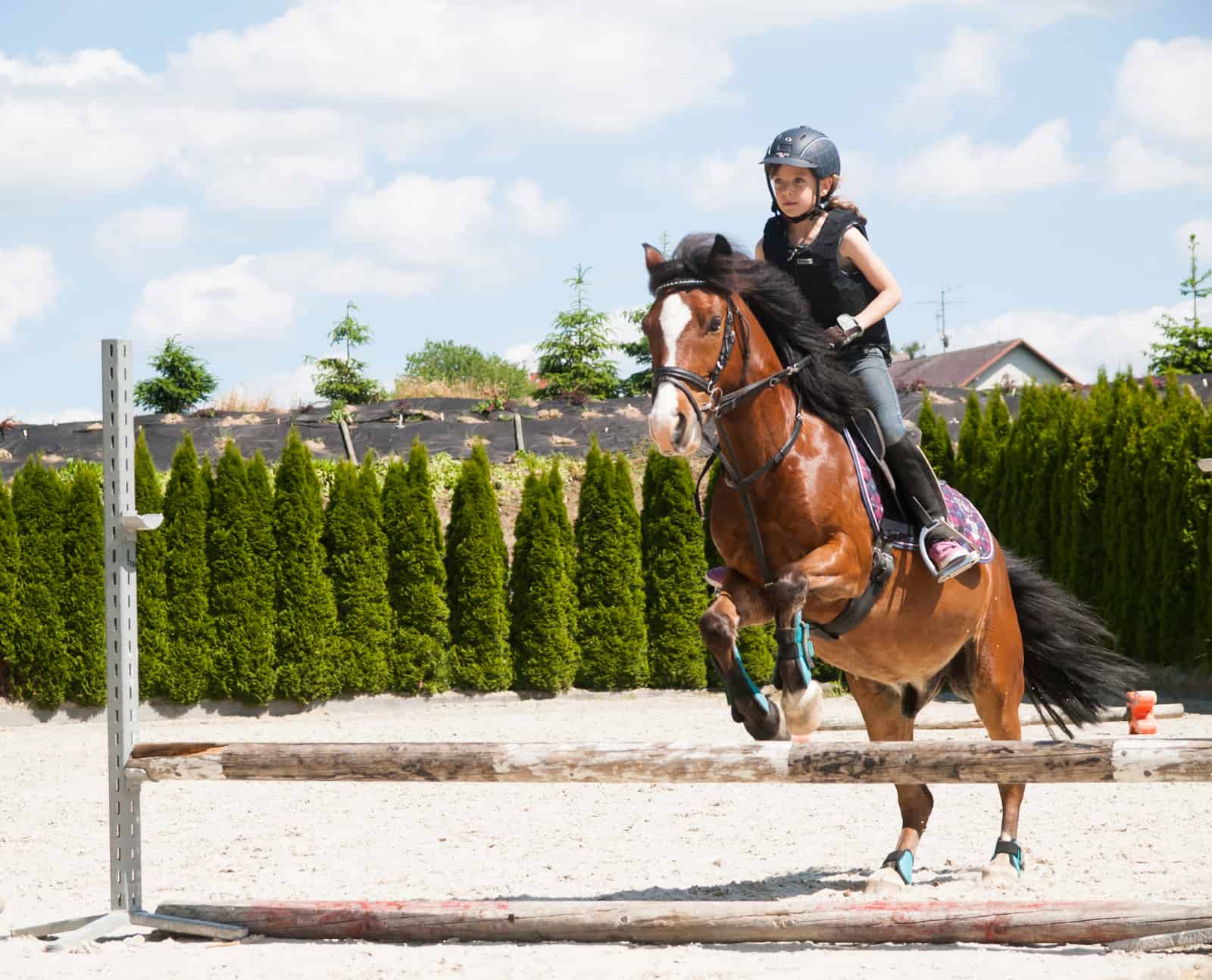How Protective Vests Impact Equestrian Safety
- Topics: Safety, Welfare and Industry

At the inaugural Horse Industry Safety Summit, held April 23 at the University of Kentucky’s Spindletop Hall, in Lexington, Sarah Andres, PhD, chair of the United States Pony Club’s (USPC) Safety Committee, addressed this topic in her presentation about the importance of protective vests for equestrians.
Andres noted that the USPC collects detailed data in the form of incident reports on any fall or other potentially harmful occurrence sustained by a member. These reports include the age, sex, certification level, type of activity, a description of the incident and any resulting injuries, what protective equipment was being worn at the time of the incident, and any possible contributing factors to the incident.
This data, Andres said, was a key contributing factor in the USPC updating the language in its rules at the beginning of 2019 from “strongly encouraging” to “requiring” riders to wear protective vests while riding cross-country
Create a free account with TheHorse.com to view this content.
TheHorse.com is home to thousands of free articles about horse health care. In order to access some of our exclusive free content, you must be signed into TheHorse.com.
Start your free account today!
Already have an account?
and continue reading.
Written by:
University of Kentucky College of Agriculture, Food and Environment
Related Articles
Stay on top of the most recent Horse Health news with












